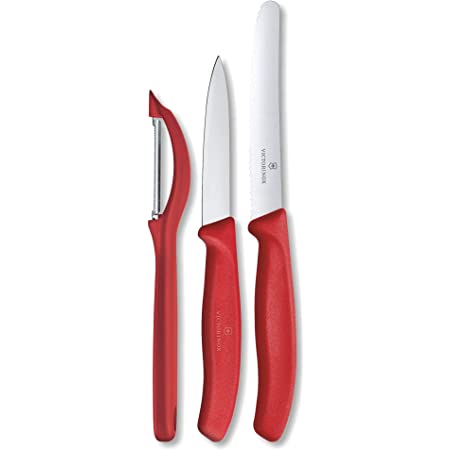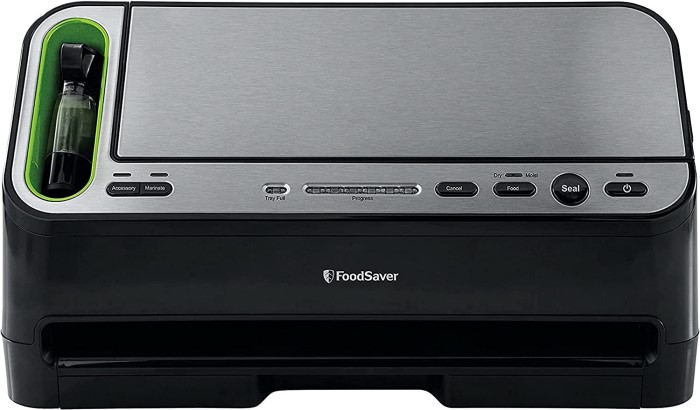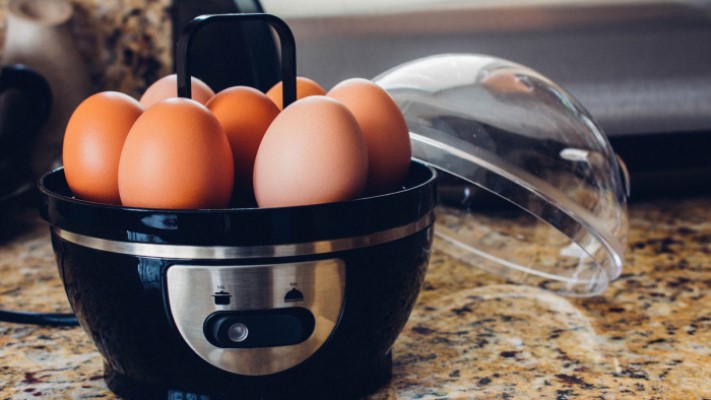
How to Choose the Best Knife Set: 13 Must-Know Tips for a Smarter Kitchen Buy
How to choose the best knife set without wasting money or ending up with dull blades? Discover these 13 expert-backed tips to shop smart and slice better.
How To Choose The Best Knife Set: A Practical Guide for Everyday Cooks
Ever bought a knife set that looked amazing… only to realize the knives barely cut a tomato? Yeah, we’ve all been there. Choosing the right knife set isn’t just about picking the coolest wooden block or the most knives in the set. It’s about quality, comfort, and finding the tools that actually make cooking easier—not more frustrating.
In this guide, we’re breaking down everything you need to know to choose the best knife set for your kitchen. Whether you’re a weekend cook or a meal-prep master, you’ll find the info here super useful. Let’s dive in.
Why the Right Knife Set Matters
Before we get into the how, let’s talk about the why. A good knife set saves you time, energy, and stress. It can make chopping veggies feel effortless and slicing meat a breeze. And let’s be honest—cooking is just more fun when your tools actually work.
Here’s what a great knife set gives you:
- Consistent performance
- Comfortable grip
- Long-lasting blades
- Versatility for different tasks
A bad set? Think frustration, dull edges, and band-aids.
You’re here because you want to make a smart buying decision. Maybe you’re tired of your current knives, or you’re setting up a new kitchen. Either way, you want clear, actionable tips to help you find the best knife set without overspending or regretting your choice later.
Let’s go step by step.
1. Know What Knives You Actually Need
More isn’t always better. Some sets include 20+ knives—half of which you’ll never use.
Look for these essentials instead:
| Knife Type | Use |
|---|---|
| Chef’s Knife | Chopping, dicing, slicing—your go-to for most tasks |
| Paring Knife | Peeling, small cuts, delicate work |
| Bread Knife | Cutting crusty loaves without crushing them |
| Utility Knife | Mid-sized tasks—think sandwiches or fruit |
| Boning Knife | (Optional) Great for meat and fish prep |
If a set has those basics, you’re already on the right track.
2. Prioritize Blade Material
Blade material = performance + durability. Here are the top contenders:
| Material | Pros | Cons |
|---|---|---|
| High-Carbon Stainless Steel | Sharp, rust-resistant, durable | Needs proper care |
| Ceramic | Super sharp, won’t rust | Brittle, can chip easily |
| Stainless Steel | Affordable, rust-resistant | Doesn’t hold an edge as long |
| Damascus Steel | Beautiful, sharp, durable (layered) | Expensive |
Pro Tip: High-carbon stainless steel is the sweet spot for most home cooks—long-lasting, easy to maintain, and super sharp.
3. Check the Handle Comfort
You’ll be holding these knives a lot. If the handle feels awkward or slippery, that’s a big nope.
Look for:
- Ergonomic grip
- Non-slip materials (like rubber or textured composites)
- Balanced weight between blade and handle
If you can test in person, great. If not, go for brands known for comfort—like Victorinox or Wüsthof.
4. Don’t Ignore the Tang
Ever heard of “full tang”? It’s not a flavor—it’s a feature.
Full tang means the metal runs through the whole handle, giving better balance and durability. Avoid “half tang” or “rat-tail tang” knives—they’re more likely to break or feel flimsy.
5. Knife Set vs. Individual Knives: What’s Better?
Here’s the thing: Knife sets can be a great value—but only if the knives are good.
Buying individual knives gives you more control, but it’s often pricier. So if you’re going the set route, make sure:
- The essentials are included (see tip #1)
- The quality matches your needs
- You’re not paying extra for filler knives you won’t use
6. Check for a Sharpener or Honing Rod
A sharp knife is a safe knife. Some sets come with a built-in sharpener or honing rod—that’s a huge bonus.
If it doesn’t, you’ll want to budget for one separately. Keeping your knives sharp isn’t optional—it’s what keeps cooking fast, safe, and fun.
7. Go With Trusted Knife Brands
Not all brands are created equal. Want quality and longevity? Stick with the brands home chefs and pros trust.
Top brands to consider:
- Wüsthof – German precision and balance
- Shun – Japanese sharpness with premium build
- Victorinox – Affordable and dependable
- Zwilling J.A. Henckels – Durable, great value
- Global – Sleek design, ultra-light, razor-sharp
8. Match the Set to Your Cooking Style
Are you a casual home cook or someone who meal preps like a pro?
Match your set to how often and what you cook:
- Occasional cook? Go for a budget-friendly 3-knife set.
- Daily dicer? Look for an 8–10 piece set with quality steel and a solid block.
- Adventurous chef? Invest in a premium set with specialty knives.
9. Consider Maintenance and Care
Some knife sets look stunning—until you throw them in the dishwasher.
Most high-quality knives are hand-wash only. That’s not a flaw—it’s just how they stay sharp and rust-free.
Look for:
- Rust-resistant materials
- Care instructions (included)
- Warranties that cover damage (some do!)
10. Storage: Block, Magnetic Strip, or Drawer?
How you store your knives matters just as much as how you use them.
- Knife block: Great for countertop access (but needs to be clean and dry)
- Magnetic strip: Saves space and looks cool
- Drawer organizer: Keeps knives protected and out of sight
Pro Tip: Avoid tossing knives in a drawer without a sheath. That’s a recipe for dull blades—and finger cuts.
11. Read Real User Reviews
Before you hit “Buy Now,” scroll through the reviews.
Look for mentions of:
- Blade sharpness out of the box
- Handle comfort
- Durability after a few months
- Ease of cleaning and storage
If you see a pattern of complaints, take note.
12. Set a Realistic Budget
Knife sets range from $30 to over $1,000. But price doesn’t always mean quality.
Here’s a quick breakdown:
| Price Range | What You Get |
|---|---|
| $30–$100 | Basic home sets, entry-level quality |
| $100–$300 | Mid-range sets with long-term value |
| $300+ | Premium, pro-grade sets, specialty steel |
Pick a budget that fits your cooking habits. You don’t need to splurge unless you’re cooking daily or professionally.
13. Try Before You Commit (If You Can)
If you’re near a kitchen store, go hands-on. Pick up the knives. Feel the weight. Test the grip.
If not, buy from a retailer with a solid return policy—just in case it’s not the right fit for your hand or your kitchen.
Final Thoughts: So, What’s the Best Knife Set?
The best knife set isn’t the fanciest or the most expensive—it’s the one that fits your life.
Whether you’re slicing onions, carving roasts, or prepping school lunches, the right tools can make all the difference. Pay attention to material, comfort, and what you really need. And remember: you don’t need a million knives—you just need the right ones.
✅ Quick Recap Table: What to Look for in a Knife Set
| Feature | Why It Matters |
|---|---|
| Essential knife types | Covers all kitchen needs |
| High-carbon steel | Stays sharp longer |
| Full tang design | Better balance and strength |
| Ergonomic handle | Prevents hand fatigue |
| Storage solution | Keeps knives safe and sharp |
| Sharpener included | Saves you time and money |
| Reputable brand | Trusted performance and support |
FAQs About Choosing the Best Knife Set
1. How many knives do I actually need in a set?
Most home cooks need 3–5 knives. You’ll want a chef’s knife, paring knife, bread knife, and utility knife.
2. Is it better to buy a knife set or individual knives?
Starting out? A good set is easy and saves money. But if you prefer certain knives, choose individual ones.
3. Can I put my knife set in the dishwasher?
No! Always hand-wash your knives. Dishwashers can dull the blades and harm the handles.
4. What’s the difference between honing and sharpening?
Honing makes the edge straight again. Sharpening trims metal to make a new edge. You’ll need both.
5. Are expensive knife sets really worth it?
Yes, if you cook a lot and want sharpness. But for daily use, a mid-range set with care works well.
References:
- America’s Test Kitchen Knife Reviews
- Consumer Reports – Best Kitchen Knife Sets
- Wirecutter’s Guide to Kitchen Knives
- Food & Wine Knife Buying Tips
- Epicurious – How to Buy a Knife Set



